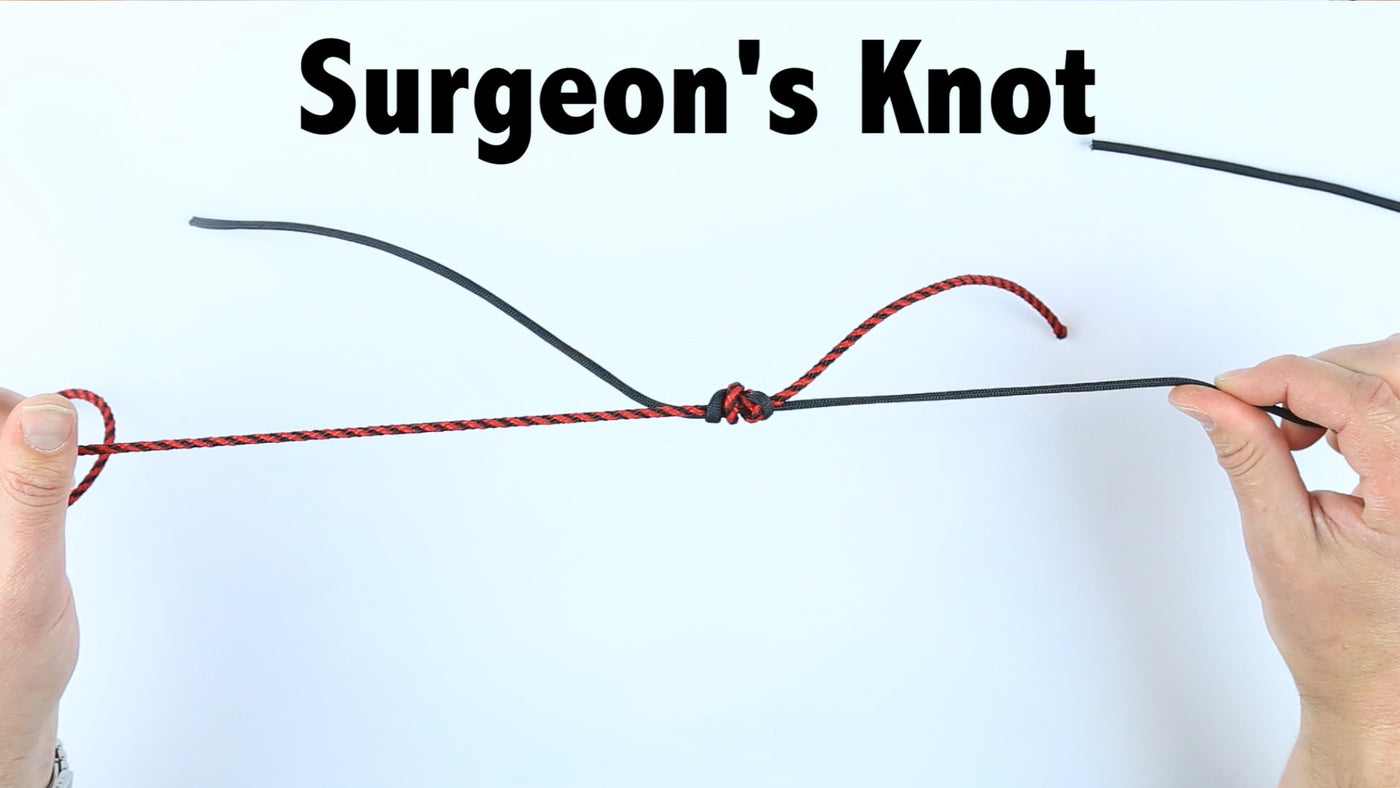

However, in reality, the aesthetic results of the surgery are just as linked to the sutures as they are to the surgery itself. The suturing kit I used in the videos can be found here.Importance of Sutures Frequently, when people get cosmetic, reconstructive, or plastic surgery they are only thinking about the actual surgery. Being able to tie one- and two-handed with either your left or right hand will serve you well in the OR.
#Stanford surgery knot tying video tv#
Practice! I would have ties on my water bottle or notebook and tie while watching TV or listening to lectures. If you’re tying over a delicate vessel, you need to be able to tie a knot securely without damaging vital structures. Once you get the hang of tying, focus on details like eliminating unnecessary movements and not tugging too hard. This defeats the purpose of a one handed knot. A mistake I often see is tying a one-handed knot while moving your post (stationary hand). All your movements should be deliberate and intentional. This allows you to secure it without locking, helping you prevent air knots.Įfficiency is the name of the game in the operating room. Slipknot is when you throw two throws in the same direction. It also refers to laying down a throw squarely. You can see a demonstration of these concepts in the videos linked above. Square knot refers to tying in opposite directions to lock a knot. You generally want to use the least amount of suture necessary for a secure knot.


Why do you not always use the surgeon’s knot? Because it uses excess material. This is generally used when tying under tension as it prevents slippage. Sometimes you should use the surgeon’s knot, which is looping the suture twice in the same direction before locking it. The type of suture can also influence knot security. Monofilament, which is more slippery than braided suture, generally requires more throws to achieve the same knot security. Also, more throws leads to better knot security. Without getting into the theoretical details of stretch and friction, what you need to know is that proper technique is the most important factor. It’s critically important that your knots to stay in place. It’s important to get proficient at instrument ties otherwise you may lose privilege closing incisions until you can do so appropriately.


 0 kommentar(er)
0 kommentar(er)
